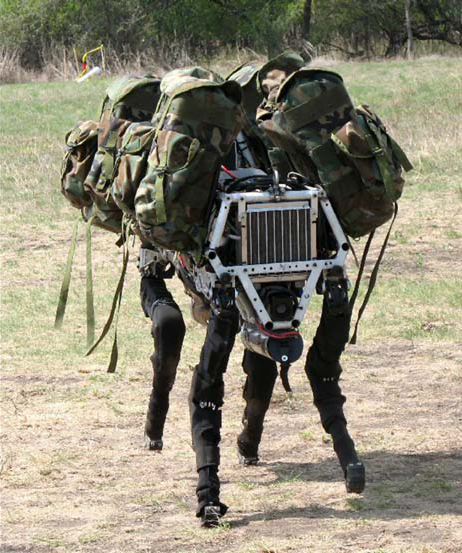
File this one in the “What-goes-round-comes-round” category. Via Josh Spear’s blog I came across an entry that took me to an interesting bit of indy product: Silent Revolution‘s clothing accessories for the hyper-connected cyberculture. The idea behind this start-up being “an effort to create futuristic, minimal bags and clothing reflective of the digital age in which we live.” Okay. But what struck me was how un-cyber these things seemed to me. They didn’t look to me like “minimal, sophisticated, cyber-influenced” bags. They’re nice, but they looked a bit like something else.
What got me in particular was the use of the term “cyber-influenced”. For me the look of all things cyber will probably forever be visually linked to the cover of William Gibson’s short story collection Burning Chrome (the book I owned back in ’88 consisted of only the graphic shown on the new one – no white border and no blown-out hype). That was the look of cyberspace in the mid-80’s when Apple computers were changing the print world with desktop publishing and dot-matrix printouts, frogdesign was designing “Snow White” computer housings for their gear, and videogames were still mostly colorful coin-op machines at arcades that assaulted your auditory system the minute you stepped within earshot. It wasn’t the clean, sophisticated computer-aesthetic of Syd Mead’s earlier Tron work. Nope. The word “cyber” instead evoked the famous first line from Gibson’s first novel Neuromancer, “The sky above the port was the color of television, tuned to a dead channel.” Cyber has always been a street term – people remixing technology to their own purpose and sometimes even merging with it. For me it’s always sounded dirty and looked noisy. It’s even now slang for virtual sex.
So what do I see when I look at these bags? Interestingly enough, I see pre-cyberspace. I see clean retro computer aesthetics. Stuff from the 70’s. Looking at these designs reminds me of the days when I was coding Fortran, hole-punching cards and sticking them into a card reader to run my program. Is that cyber? I don’t know. Not to me it isn’t. Maybe we need a new description for this aesthetic; a look which I have to admit I see elsewhere. How about PreCyber Retro? We could use another label before everything gets swallowed up into the singularity soup.
{Image source: Silent Revolution}

